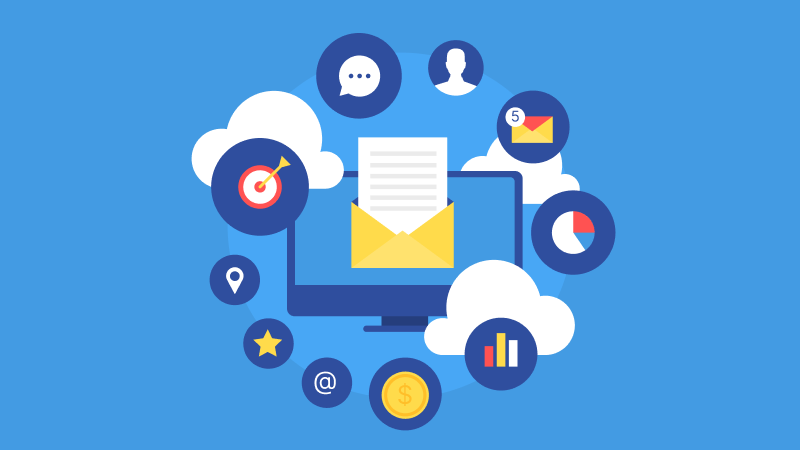How to Maximize Revenue from Both New and Returning Customers for Shopify Stores?

This article provides a comprehensive look into how revenue from new and returning customers impacts the growth and sustainability of Shopify stores. We will explore the definitions and importance of these two customer segments, analyze their respective revenue contributions, and present strategies to maximize and balance their impact on an eCommerce business's bottom line.
What is Revenue from New Customers?
Revenue from new customers is the income derived from first-time buyers or clients of a Shopify business. This segment is crucial for business growth and expansion. The percentage of revenue from new customers also varies depending on the industry and business model. For businesses focusing on expansion and acquiring new market segments, this can be a substantial portion, sometimes even exceeding 90% for rapidly growing companies or startups.
What is Revenue from Returning Customers?
Revenue from returning customers refers to the income generated from customers who have previously purchased from the Shopify store. This segment signifies customer loyalty and satisfaction. The percentage of revenue from returning customers varies by industry and business model. Generally, it's observed that returning customers can contribute a significant portion of revenue, often cited as higher than 50% in many businesses, especially those that emphasize customer retention and loyalty.
How to Gain Revenue Insights for New and Returning Customers?
Using MagicBean to analyze and understand the revenue contributions from your new and returning customers is straightforward and user-friendly. The built-in report "Revenue by New and Returning Customers by Month" allows you to quickly uncover valuable insights with a single click.

The chart illustrates the monthly revenue from new and returning customers over a six-month period. It shows that returning customers provide a consistent revenue base, while new customers contribute fluctuating amounts, with significant peaks in certain months, indicating varying success in new customer acquisition efforts. The data suggests the need to understand the drivers behind these fluctuations to develop strategies that maintain a steady influx of new customers while sustaining the loyalty of returning ones.
Strategies to Maximize Revenue for New Customers
- Effective Marketing: Utilize targeted marketing strategies to attract new customers. This includes social media campaigns, email marketing, and offering introductory discounts or deals.
- First-Time Buyer Experience: Ensure that the first buying experience of new customers is seamless and satisfying, as this can significantly impact their decision to return.
- Market Research: Continuously conduct market research to understand what attracts new customers and tailor your offerings accordingly.
- SEO Optimization: Implement search engine optimization (SEO) strategies to increase your store's visibility on search engines. A strong SEO presence can help attract customers who are actively searching for products you offer.
Strategies to Maximize Revenue for Returning Customers
- Loyalty Programs: Implement loyalty programs that offer rewards for repeat purchases, encouraging customers to return.
- Personalized Communication: Use customer data to send personalized offers and communication, making returning customers feel valued.
- Quality Assurance: Maintain high-quality products and services to ensure customer satisfaction, which is key to customer retention.
- Exclusive Previews and Releases: Offer your loyal customers the opportunity to purchase or view products before the general public. This strategy creates a sense of exclusivity and appreciation among returning customers. It can be easily managed through your Shopify store by setting up a special section for loyal customers or sending them exclusive invitations via email.
How to Balance the Focus Between New and Returning Customers?
While both customer types are vital, balancing the focus on each is crucial. Overemphasis on one can lead to the neglect of the other, potentially harming overall revenue.
- Understand Your Business Model: Some businesses naturally lean more towards repeat business (like subscription-based services), while others thrive on continually attracting new customers (like high-end fashion). Understand your business model to strike the right balance.
- Monitor Revenue Trends: Regularly monitor the revenue trends from both segments and adjust strategies accordingly.
- Customer Feedback and Engagement: Engage with both customer groups and solicit feedback to understand their needs and preferences.

The revenue generated from new and returning customers is a critical metric for any business. While new customers are essential for expansion and diversification, returning customers provide stability and predictability to the revenue stream. Understanding these dynamics, coupled with tailored strategies and a balanced focus, can lead to sustained growth and success. Businesses must continually adapt and refine their approaches to these customer segments to thrive in today's ever-evolving market.



